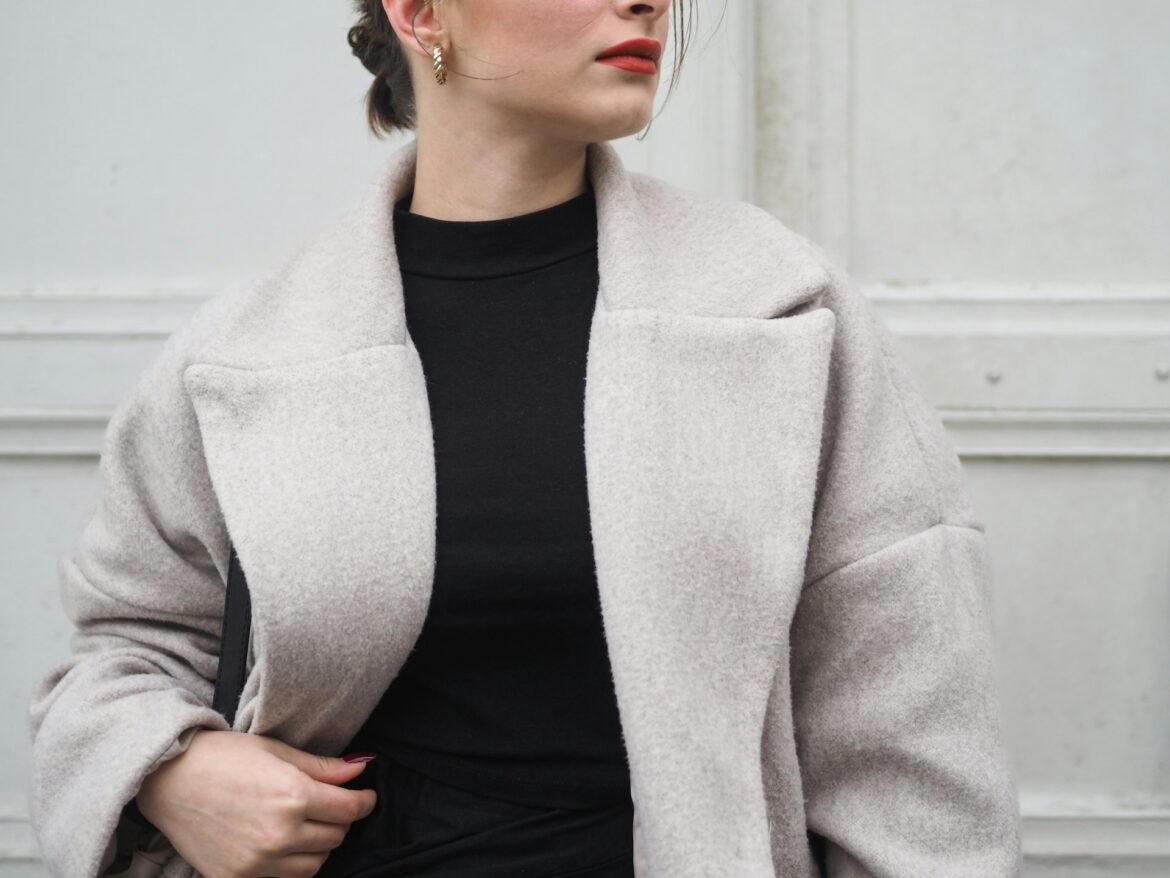London has always been about appearances. Clothes here have never been just clothes. They’ve always carried meaning—quiet messages about class, money, belonging. London loves to act casual, but the signals don’t disappear. They’re just harder to spot.
Back When Rules Were Tight
Not long ago, London was strict about how you showed up in public. A man in the City wore a suit, no question. Women were boxed in too—hats, gloves, skirts at certain lengths. Everything had a place. If you stepped outside that, you didn’t just stand out. You looked wrong.
The codes were easy to read. A shine on the shoes meant one thing, the cut of a jacket meant another. Walk down Piccadilly and you could tell who was from money, who worked in banking, who was just drifting. It was a city-wide uniform system, and everyone got the message.
Breaking Out of the Uniform
Then it all started to loosen. By the late 20th century, younger people began bending the rules. Suits gave way to smart-casual. Denim started showing up where denim had never belonged. Trainers crept into wardrobes that used to be full of leather brogues.
The signal changed. Success wasn’t about sticking to the rules anymore. It was about having the confidence to bend them. A guy could wear a hoodie with an expensive coat and still look like he belonged in the room. The idea became: I know the code, but I don’t need to follow it.
The Rise of Quiet Luxury
Now it’s more subtle. Loud signals—big logos, flashy brands—don’t cut it in most London circles. People lean toward “quiet luxury.” Simple cuts, high-end fabrics, no screaming labels. At first glance, it looks plain. But up close, you see the difference. Cashmere sweaters, sharp coats, shoes that cost more than rent but never scream for attention.
The rule now is that money whispers. If you’re showing off too much, you’ve missed the point. The game is to blend in but still carry weight. Only those who know will notice.
Streetwear Crashing the Party
Of course, streetwear changed the game again. Hoodies, sneakers, baggy cuts—they’ve all pushed their way into London’s dress codes. What used to mark you as underdressed is now a signal in its own right.
And it’s not just kids wearing it. Big fashion houses rework trainers and hoodies, selling them for more than a bespoke suit. You’ll see someone in a long wool coat paired with chunky sneakers and know it’s deliberate. The message has shifted: style can come from anywhere, and what used to flow from the top down now often starts in the street.
Offices Without Ties
Workwear has relaxed too. The tie is rare. Suits still show up in law firms and certain banks, but even Canary Wharf looks different than it did twenty years ago. Blazers over T-shirts, dresses with trainers. Not sloppy—just looser.
The rule at work seems to be: look like you’ve made an effort, but don’t look like you tried too hard. Being too sharp can almost feel dated. Balance is what counts.
Eating Out, Dressing Right
Then there are the unspoken rules in social spaces — sometimes even spoken as with the Scotch dress code which is an essential if you’re going out in Mayfair.
You can wear jeans in a Soho bistro and fit right in. Walk into a dining room in Belgravia and you’ll feel out of place in the same pair. These aren’t rules on paper. They’re in the air. You know them the second you step inside.
Londoners are skilled at that middle ground—casual but never sloppy. A good coat often carries the whole look. Shoes still say the most. Nail the shoes and the rest of the outfit takes care of itself.
Holding On to Heritage
London also leans on its history. Savile Row suits, Northampton shoes, heritage knits — they built London’s style. Even when the clothes feel modern, people still value what lasts, what’s made with a story behind it.
Wearing heritage brands signals you know where London style comes from. It’s not about nostalgia—it’s about connecting past and present.
Class and the Show of Effort
Money still plays out in clothes, but the rules have flipped. The truly wealthy often dress down, or look effortless on purpose.
Those climbing up, meanwhile, often go sharp—polished suits, visible brands, spotless shoes. They’re showing effort, and effort itself becomes the signal. It’s a back-and-forth: those at the top hiding, those in the middle showing. London has always worked like that.
A Global Mix
London doesn’t dress in isolation. The city pulls from Paris, Milan, New York, Tokyo. It absorbs influences and remixes them fast. Streetwear from one place, tailoring from another, local twists layered on top. That’s why you can see someone in bold sneakers walking beside someone in a fitted coat, and both feel right.
Looking Ahead
The codes will keep shifting. Workwear might get even looser. Streetwear and tailoring will keep mixing. Sustainability may be the next marker of status — clothes valued not only for how they look but for how they’re made. Yet one thing won’t shift: clothes always send a message. Even when the rules blur, Londoners still read each other through style. The bowler hats may be gone, but the silent codes remain.
And it isn’t just about the obvious signals either. Sometimes it’s in the smallest things — the weight of the fabric, the cut of a jacket, the way someone rolls a sleeve or tucks in a shirt. These are cues that don’t scream, but they register. The city has always run on subtleties, the half-steps between formal and casual, polished and undone.
London thrives on contradiction. A banker in bespoke tailoring pairs it with beaten-up trainers. A creative in an old coat pulls it off like it’s a statement.
The quiet codes are the real tradition. Not rigid dress rules, but the shared understanding that fashion here is a language — and everyone is fluent, whether they admit it or not.




